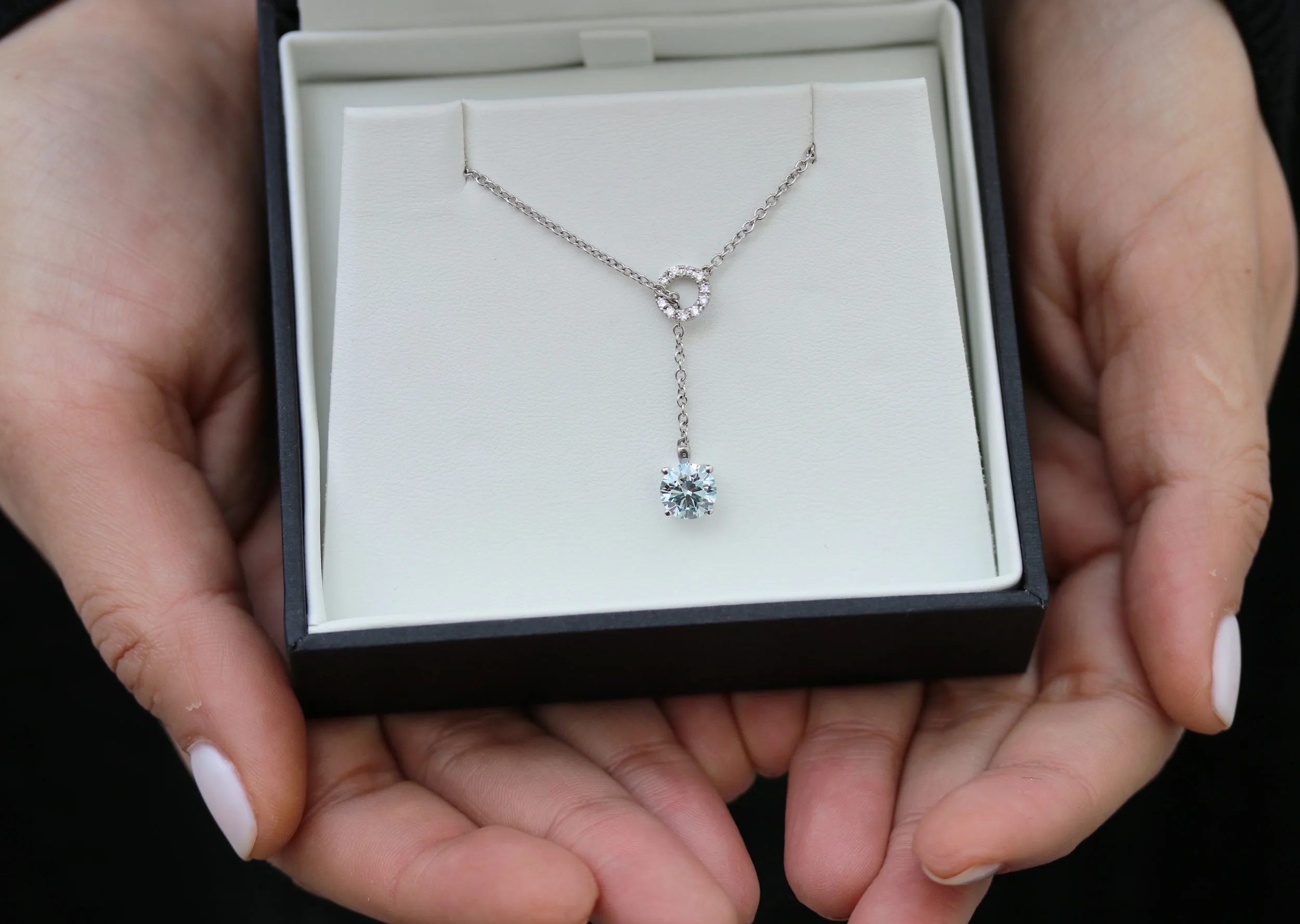Diamonds have long symbolized love, strength, and timeless beauty. However, the diamond industry has been undergoing a quiet but significant transformation over the past decade. Consumers are becoming more conscious of ethical sourcing, environmental impact, and affordability, leading to the meteoric rise of lab grown diamonds lab diamonds in the jewelry market.
Lab grown diamonds, also known simply as lab diamonds, are not just a passing trend. They represent a future where brilliance is attainable without compromise. But what exactly are lab grown diamonds, and how do they compare to their mined counterparts? Let’s dive deeper into this sparkling topic.
What Are Lab Grown Diamonds?
Lab grown diamonds are real diamonds created in highly controlled laboratory environments. Scientists replicate the natural diamond-growing process using advanced technological methods such as High Pressure High Temperature (HPHT) or Chemical Vapor Deposition (CVD). The result is a diamond that is chemically, physically, and optically identical to a natural diamond formed deep within the Earth.
Unlike simulants like cubic zirconia or moissanite, lab grown diamonds lab diamonds are genuine diamonds. They have the same hardness, sparkle, and fire that make traditional diamonds so coveted. The only difference lies in their origin: one is created by nature over billions of years, and the other is grown in a matter of weeks.
How Are Lab Grown Diamonds Made?
There are two primary methods used to create lab grown diamonds:
High Pressure High Temperature (HPHT)
This method mimics the natural conditions under which diamonds form in the Earth’s mantle. A small diamond seed is placed in carbon, subjected to extreme heat (around 1500°C) and pressure (approximately 1.5 million pounds per square inch), leading to crystal growth.
Chemical Vapor Deposition (CVD)
In this technique, a diamond seed is placed inside a chamber filled with carbon-rich gases. These gases are heated, causing the carbon atoms to separate and settle on the seed, layer by layer, forming a diamond over time.
Both methods produce high-quality diamonds, although CVD-grown stones often require additional treatments to enhance color and clarity.
Why Choose Lab Grown Diamonds?
The appeal of lab grown diamonds lab diamonds is not just their stunning beauty. They offer a range of benefits that align with modern values and practical needs.
Ethical Sourcing
One of the primary motivations behind the surge in popularity of lab diamonds is ethics. Traditional diamond mining has been associated with conflict, human rights violations, and environmental degradation. Lab grown diamonds eliminate these concerns entirely, providing peace of mind to socially conscious consumers.
Environmental Impact
Mining diamonds requires significant disruption to the Earth’s surface, often leading to habitat destruction and water pollution. In contrast, creating lab grown diamonds has a much smaller ecological footprint. Studies suggest that lab grown diamonds produce less than one-fifth of the carbon emissions compared to mined diamonds.
Affordability
Lab grown diamonds typically cost 30-50% less than mined diamonds of similar quality. This price difference enables consumers to purchase a larger or higher-quality stone within the same budget. It also opens the door for more creative and elaborate jewelry designs that were previously unattainable for many.
Lab Grown Diamonds vs Natural Diamonds: A Visual and Scientific Match
When viewed side-by-side, even expert gemologists require advanced equipment to distinguish between a natural diamond and a lab diamond. Both exhibit the same refractive index, brilliance, and durability.
The Gemological Institute of America (GIA) and other reputable labs now provide grading reports for lab grown diamonds, detailing cut, color, clarity, and carat weight. This transparency reassures buyers that they are getting exactly what they pay for.
Market Growth and Consumer Trends
The global market for lab grown diamonds lab diamonds is booming. According to a report by Bain & Company, lab grown diamonds accounted for roughly 7% of the global diamond jewelry market in 2023, and projections estimate continued double-digit growth.
Brands like Pandora, Brilliant Earth, and even legacy jewelers like De Beers have introduced or expanded their lab diamond lines. Celebrities, including Leonardo DiCaprio, an advocate for ethical diamond production, have invested heavily in the lab grown diamond industry.
Furthermore, Millennials and Gen Z consumers, who prioritize sustainability and ethical shopping, are driving much of this demand. A 2022 survey revealed that 70% of consumers under the age of 35 are open to purchasing a lab grown diamond over a natural one.
Common Misconceptions About Lab Grown Diamonds
Despite their many advantages, misconceptions still surround lab grown diamonds. Some people mistakenly believe they are “fake” or of inferior quality. In reality, lab diamonds are 100% real diamonds with the same dazzling properties as mined stones.
Another myth is that lab diamonds have no resale value. While it’s true that diamonds, in general, do not hold retail value well (natural or lab-grown), the growing acceptance of lab diamonds is creating secondary markets, and this trend is expected to strengthen over time.
Future Outlook: The Bright Path Ahead
The future for lab grown diamonds lab diamonds looks incredibly promising. With technological advancements, production costs are decreasing, making them even more accessible. Innovation is also leading to unique opportunities, such as custom-grown diamonds with personalized colors or shapes.
Moreover, as environmental concerns intensify globally, lab grown diamonds stand as a shining example of how luxury and responsibility can coexist harmoniously.
Conclusion
Lab grown diamonds are redefining the meaning of luxury, offering brilliance without the burden. They cater to a new generation of consumers who seek authenticity, ethical sourcing, sustainability, and value. Whether for an engagement ring, a special gift, or personal indulgence, lab grown diamonds lab diamonds represent the future of fine jewelry—sparkling bright with promise and purpose.
As this industry continues to evolve, one thing remains clear: the beauty of a diamond should not come at the cost of our planet or humanity. Lab grown diamonds offer a path where tradition meets innovation, and where beauty can truly shine without compromise.




